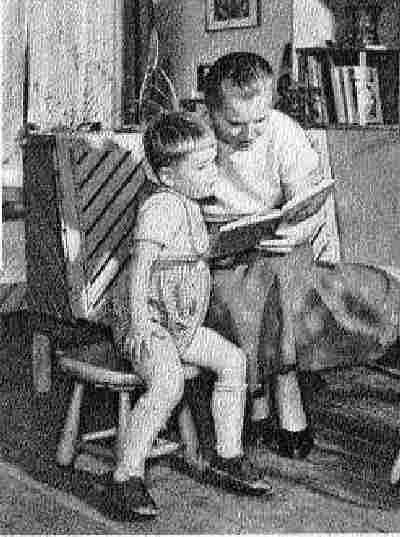
Figure 1.--This Dutch boys in a 1951 scene is shown wearing a suspender romper play suit at home. The material may be gingham.


Figure 1.--This Dutch boys in a 1951 scene is shown wearing a suspender romper play suit at home. The material may be gingham. |
Rompers appear to have been a rather adaptable garment. Some were worn by younger boys as play garments or informally around the house. This appears to have been the primary purpose for romper outfits. Not all rompers, however were play or informal garments. Other romper outfits were a dressy style for a younger child. In some cases a rather plain romper could be turned into a dressy one by adding a formal blouse. Dutch mothers muight dress the boy in a blouse with a Peter Pan collar and puff sleeves for a very dressy look. On other instances a romper was clearly a play or dress outfit because of the styling or material used. Rompers made of velvet, for example, were clearly dress outfits. Many romopers had separate tops which could help turn a play garment into a more formal looking suit. The tops were also adaptable for seasonal changes.
Rompers appear to have been a rather adaptable garment.
Some were worn by younger boys as play garments or informally around the house. This appears to have been the primary purpose for romper outfits. Not all rompers, however were play or informal garments.
Other romper outfits were a dressy style for a younger child. In some cases a rather plain romper could be turned into a dressy one by adding a formal blouse. Dutch mothers muight dress the boy in a blouse with a Peter Pan collar and puff sleeves for a very dressy look. A bow tie might even be added. Other dressy rompers had tops of various style from jacket-like garments to short smocks. The dressy rompers appear to have been worn from about the 1930s through the 1960s. They were generally worn by pre-school boys.
Some rompers was clearly a play or dress outfit because of the styling or material used. Rompers made of velvet, for example, were clearly dress outfits. Gingham might be used for a play romper although solid colors were more common.
Rompers were basically one pice garments. Many rompers, howevr, were bought with separate tops which could help turn a play garment into a more formal looking suit. The matching tops were also adaptable for seasonal changes.
Navigate the Boys' Historical Clothing Web Site:
[Return to the Main Dutch romper page]
[Return to the Main romper page]
[Introduction]
[Activities]
[Bibliographies]
[Biographies]
[Chronology]
[Clothing styles]
[Contributions]
[Countries]
[Boys' Clothing Home]
Navigate the Boys' Historical Clothing Dutch pages:
[Return to the Main Dutch garment page]
[Maiken Island]
[Dutch choirs]
[Dutch royalty]
[Dutch scouts]
[Dutch school uniform]
[Dutch boys bangs]
Navigate the Boys' Historical Clothing national pages:
[Return to the Main countries page]
[Australia]
[Belgium]
[England]
[France]
[Germany]
[Ireland]
[Italy]
[Japan]
[Korea]
[Mexico]
[Netherlands]
[Scotland]
[United States]
